Home>Gardening & Outdoor>Outdoor Recreation & Activities>How Many Gallons Of Water In An Olympic Size Swimming Pool
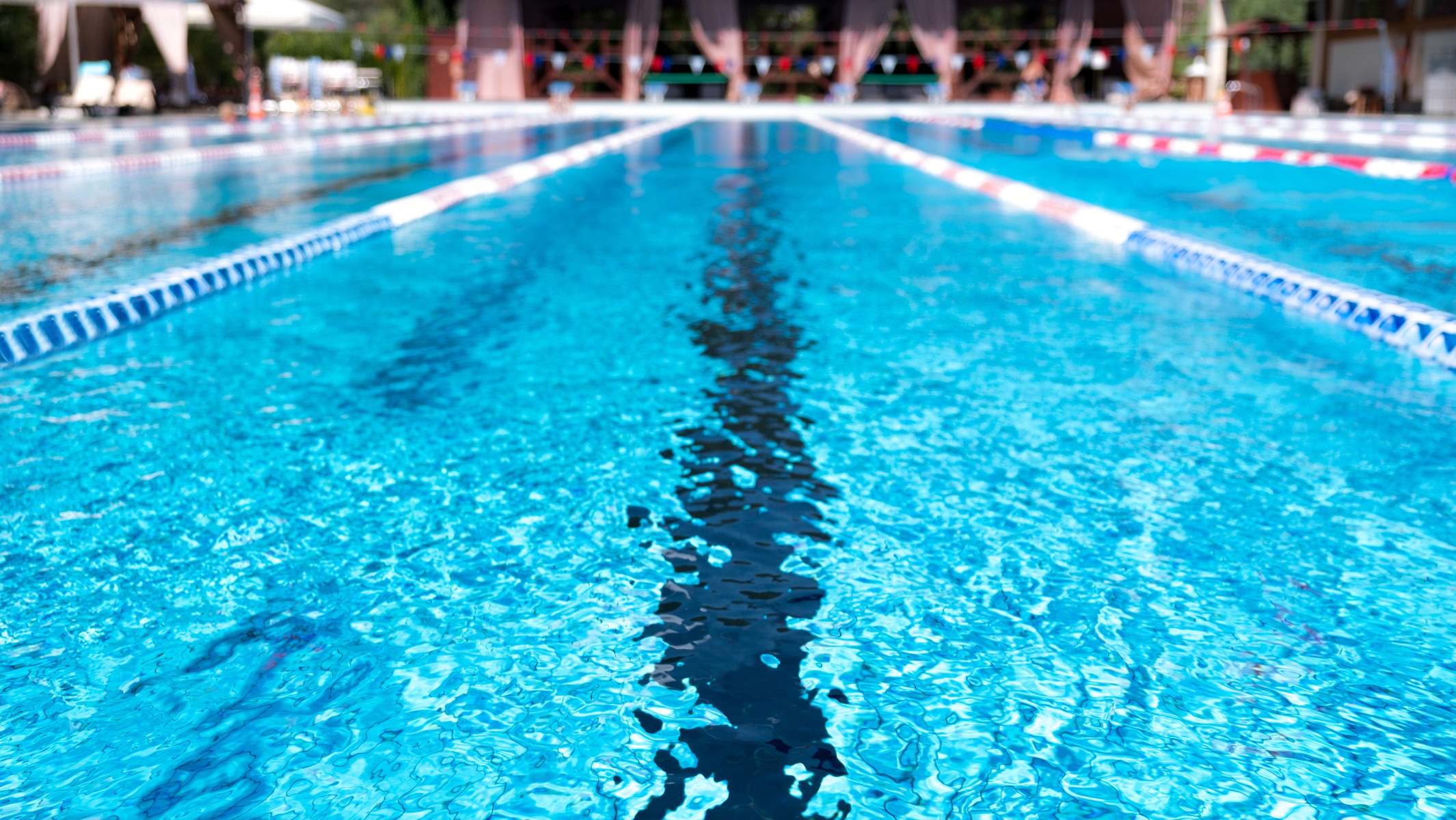

Outdoor Recreation & Activities
How Many Gallons Of Water In An Olympic Size Swimming Pool
Published: February 17, 2024
Discover the exact number of gallons in an Olympic size swimming pool and learn more about outdoor recreation and activities. Dive into the details now!
(Many of the links in this article redirect to a specific reviewed product. Your purchase of these products through affiliate links helps to generate commission for Storables.com, at no extra cost. Learn more)
Introduction
An Olympic size swimming pool is a marvel of engineering and design, representing the pinnacle of aquatic sports facilities. Its vast expanse of shimmering water serves as the stage for world-class competitions, where athletes showcase their prowess in swimming, diving, and water polo. The sheer scale of an Olympic size pool is awe-inspiring, and one can't help but wonder about the sheer volume of water it holds. Understanding the dimensions and volume of an Olympic size swimming pool not only satisfies our curiosity but also sheds light on the meticulous planning and precision required in its construction.
As we delve into the intricacies of an Olympic size swimming pool, we will uncover the fascinating details that contribute to its grandeur. From the precise measurements that define its dimensions to the factors that influence the volume of water it contains, we will embark on a journey to unravel the secrets of this aquatic colossus. Join us as we explore the depths of an Olympic size swimming pool and gain a newfound appreciation for the engineering marvel that lies beneath its glistening surface.
Key Takeaways:
- An Olympic size swimming pool holds a staggering 2,500 cubic meters of water, showcasing the precision and engineering mastery behind its construction.
- Factors like temperature, usage, and structural integrity influence the volume of water in an Olympic size pool, highlighting the dynamic nature of this aquatic marvel.
Read more: How Many Gallons Of Water In A Swimming Pool
Understanding the dimensions of an Olympic size swimming pool
An Olympic size swimming pool is a monumental structure designed to meet stringent standards set by the International Swimming Federation (FINA). The dimensions of an Olympic size pool are meticulously defined to ensure uniformity and fairness in aquatic competitions held across the globe. Understanding the precise measurements of an Olympic size swimming pool provides insight into the scale and complexity of this aquatic arena.
The standard dimensions of an Olympic size swimming pool are 50 meters in length, 25 meters in width, and a minimum of 2 meters in depth. These dimensions are upheld with remarkable precision to create a level playing field for swimmers and ensure consistency in competitive events. The length of the pool allows for long-course swimming, enabling athletes to showcase their endurance and speed over extended distances. The width of the pool accommodates multiple lanes, allowing for simultaneous races and fostering a spirit of healthy competition among participants.
In addition to the primary dimensions, an Olympic size pool also includes designated areas such as warm-up pools, diving wells, and spectator seating. These auxiliary spaces contribute to the overall footprint of the aquatic facility, enhancing its functionality and appeal to athletes and spectators alike. The integration of these elements reflects the comprehensive approach taken in the design and construction of an Olympic size swimming pool.
The dimensions of an Olympic size pool extend beyond mere measurements, encompassing the materials used in its construction and the engineering techniques employed to maintain structural integrity. The pool's perimeter is reinforced with durable materials to withstand the immense pressure exerted by thousands of gallons of water. The intricate balance of form and function is evident in every aspect of the pool's dimensions, underscoring the meticulous planning and execution involved in its creation.
As we grasp the dimensions of an Olympic size swimming pool, we gain a profound appreciation for the precision and expertise required to bring this aquatic marvel to life. The interplay of length, width, and depth, coupled with auxiliary spaces and structural considerations, culminates in a symphony of design and engineering. This understanding sets the stage for a deeper exploration of the volume of water that fills this aquatic colossus, inviting us to marvel at the harmonious fusion of art and science that defines the Olympic size swimming pool.
Calculating the volume of an Olympic size swimming pool
Calculating the volume of an Olympic size swimming pool involves unraveling the sheer magnitude of water that fills this aquatic expanse. The process of determining the pool's volume is a testament to the precision and mathematical acumen required in the realm of aquatic engineering.
To calculate the volume of an Olympic size swimming pool, we begin by multiplying the length, width, and depth of the pool. With the standard dimensions of 50 meters in length, 25 meters in width, and a minimum depth of 2 meters, the formula for calculating the volume becomes straightforward. By multiplying these dimensions together, we arrive at the total volume of water held within the pool.
Using the formula V = L x W x D, where V represents the volume, L denotes the length, W signifies the width, and D represents the depth, we can perform the calculation. Plugging in the values for an Olympic size pool (V = 50m x 25m x 2m), we arrive at a staggering volume of 2,500 cubic meters. This colossal figure underscores the immense capacity of an Olympic size swimming pool, emphasizing its status as a monumental reservoir of aquatic energy.
The calculated volume of an Olympic size swimming pool not only showcases its sheer scale but also serves as a testament to the meticulous planning and execution involved in its construction. The precision with which the pool's volume is determined reflects the exacting standards upheld in the realm of aquatic sports facilities, ensuring uniformity and fairness in competitive events.
As we contemplate the volume of an Olympic size swimming pool, we are confronted with the awe-inspiring reality of its vastness. The sheer quantity of water contained within its confines evokes a sense of reverence for the engineering prowess that brings this aquatic colossus to life. The calculated volume stands as a testament to the harmonious fusion of art and science, where mathematical precision converges with architectural ingenuity to create a spectacle that captivates the imagination.
In unraveling the process of calculating the volume of an Olympic size swimming pool, we gain a newfound appreciation for the meticulous calculations and exacting standards that underpin the aquatic realm. This understanding sets the stage for a deeper exploration of the factors that influence the volume of water in an Olympic size pool, inviting us to delve into the intricacies that shape this aquatic marvel.
An Olympic size swimming pool holds about 660,000 gallons of water.
Factors affecting the volume of water in an Olympic size swimming pool
The volume of water in an Olympic size swimming pool is influenced by a myriad of factors that collectively contribute to the aquatic arena's capacity and functionality. Understanding these factors provides insight into the dynamic nature of the pool's water volume and the considerations that shape its aquatic expanse.
-
Temperature and Evaporation: The ambient temperature surrounding the pool plays a significant role in determining the volume of water it holds. Higher temperatures can accelerate evaporation, leading to a gradual reduction in the pool's water volume. To counteract this effect, meticulous monitoring and replenishment of water are essential to maintain the pool at its designated volume.
-
Filtration and Water Treatment: The volume of water in an Olympic size swimming pool is intricately linked to its filtration and water treatment systems. These systems ensure that the water remains clean, clear, and safe for swimmers. Regular filtration and treatment processes may result in minor fluctuations in the pool's water volume, necessitating periodic adjustments to maintain optimal conditions.
-
Usage and Splash-Out: The frequency and intensity of pool usage, particularly during competitive events and training sessions, can contribute to splash-out and water displacement. Swimmers' movements and diving activities can displace water from the pool, impacting its overall volume. Effective management of splash-out and diligent water replenishment are essential to uphold the pool's designated volume.
-
Rainfall and External Factors: External elements such as rainfall can influence the volume of water in an Olympic size swimming pool. Periods of heavy rainfall can lead to an influx of water into the pool, potentially exceeding its standard volume. Conversely, prolonged dry spells may necessitate supplementary water additions to maintain the pool at its optimal capacity.
-
Structural Integrity and Leakage: The structural integrity of the pool and the presence of any leaks directly impact its water volume. Any structural deficiencies or leaks can result in water loss, compromising the pool's designated volume. Regular inspections and maintenance are crucial in preserving the pool's integrity and preventing unintended reductions in water volume.
-
Water Displacement during Events: Competitive swimming events, water polo matches, and diving competitions can induce significant water displacement within the pool. The vigorous movements and dynamic interactions of athletes can displace water, affecting the pool's overall volume. Diligent monitoring and swift adjustments are essential to restore the pool to its standard volume following such events.
-
Seasonal Variations and Climate: Seasonal variations and climatic conditions exert a notable influence on the volume of water in an Olympic size swimming pool. Fluctuations in temperature, humidity, and atmospheric pressure can impact the pool's water volume, necessitating proactive measures to maintain stability and consistency.
The interplay of these factors underscores the dynamic nature of an Olympic size swimming pool's water volume. By recognizing and addressing these influences, aquatic engineers and facility managers uphold the pool's integrity and functionality, ensuring a superlative environment for aquatic sports and recreation.
Conclusion
In conclusion, the dimensions and volume of an Olympic size swimming pool encapsulate a symphony of precision, engineering mastery, and dynamic influences. From its standard dimensions of 50 meters in length, 25 meters in width, and a minimum depth of 2 meters to its staggering volume of 2,500 cubic meters, the Olympic size pool stands as a testament to human ingenuity and aquatic excellence.
The meticulous calculations involved in determining the pool's volume underscore the exacting standards upheld in the realm of aquatic engineering. The interplay of length, width, and depth, coupled with auxiliary spaces and structural considerations, culminates in a harmonious fusion of art and science that defines the Olympic size swimming pool.
Moreover, the factors influencing the volume of water in an Olympic size swimming pool shed light on the dynamic nature of this aquatic arena. From temperature and evaporation to usage and splash-out, each factor plays a pivotal role in shaping the pool's water volume. The proactive management of these influences ensures the pool remains a pristine and optimal environment for aquatic sports and recreation.
As we reflect on the dimensions and volume of an Olympic size swimming pool, we are drawn into a world where meticulous calculations, structural integrity, and environmental dynamics converge to create a spectacle that captivates the imagination. The Olympic size pool transcends its physical dimensions, embodying the spirit of athletic excellence and human achievement.
In essence, the dimensions and volume of an Olympic size swimming pool serve as a testament to the unwavering pursuit of aquatic perfection. From its inception to its ongoing maintenance, the pool stands as a symbol of precision, resilience, and the enduring allure of aquatic sports. It beckons athletes, spectators, and enthusiasts into its shimmering embrace, offering a glimpse into the boundless possibilities that unfold within its aquatic expanse.
Frequently Asked Questions about How Many Gallons Of Water In An Olympic Size Swimming Pool
Was this page helpful?
At Storables.com, we guarantee accurate and reliable information. Our content, validated by Expert Board Contributors, is crafted following stringent Editorial Policies. We're committed to providing you with well-researched, expert-backed insights for all your informational needs.
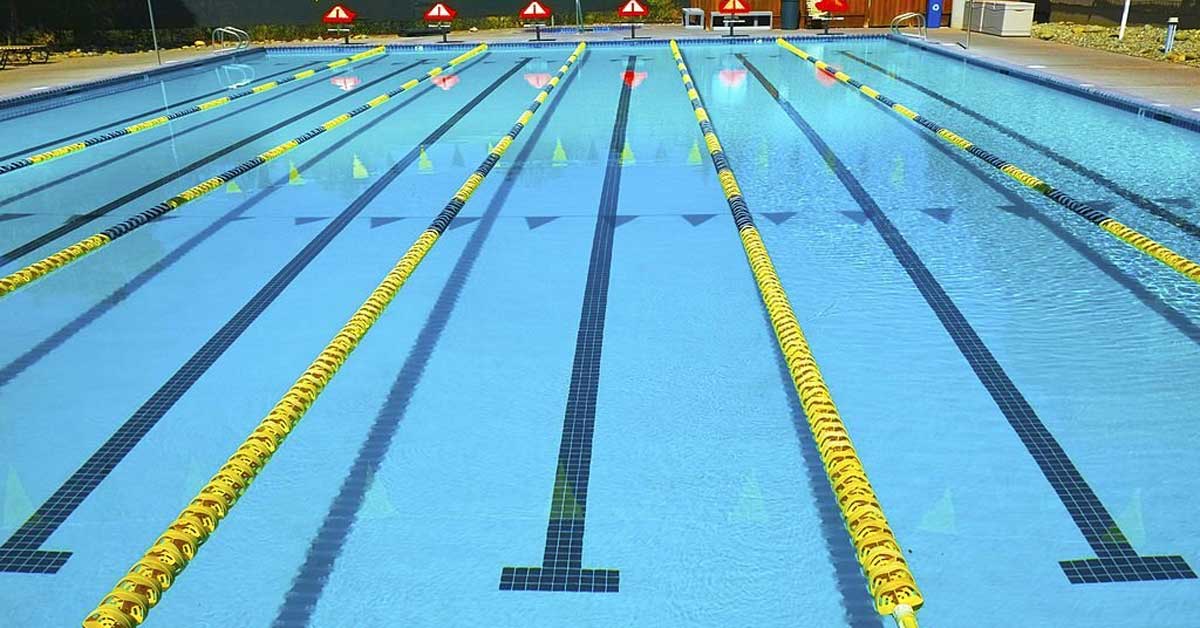
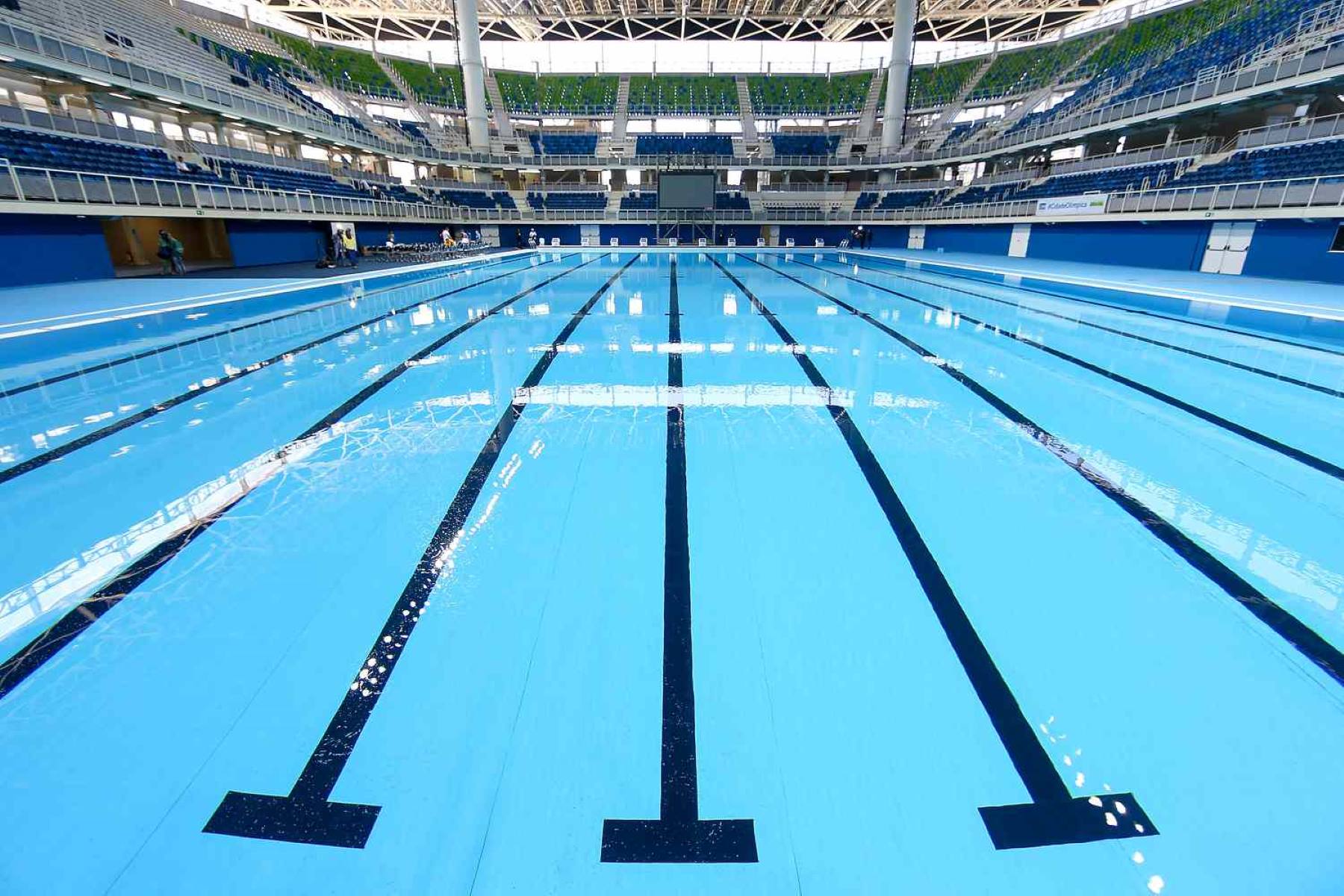

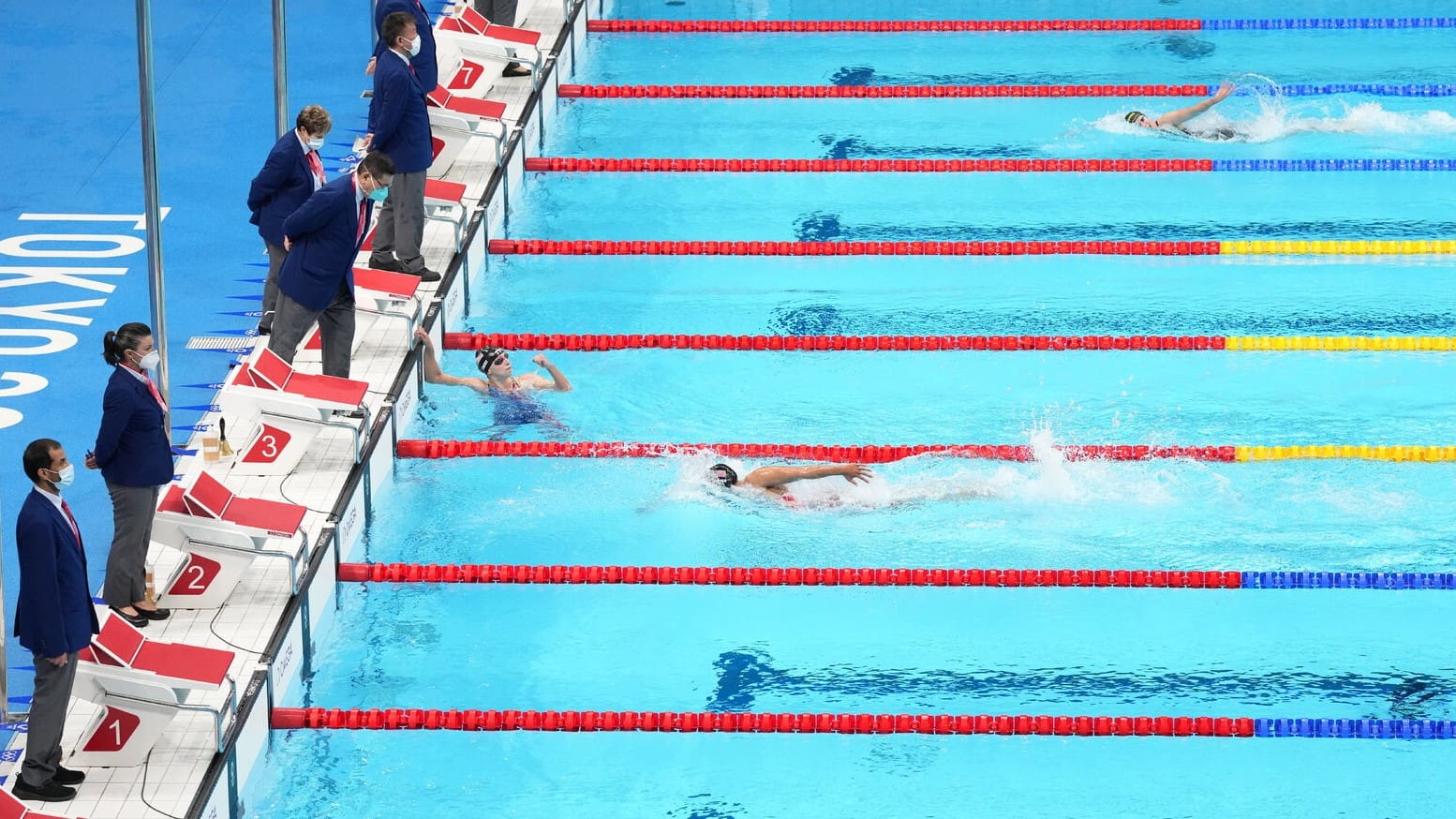
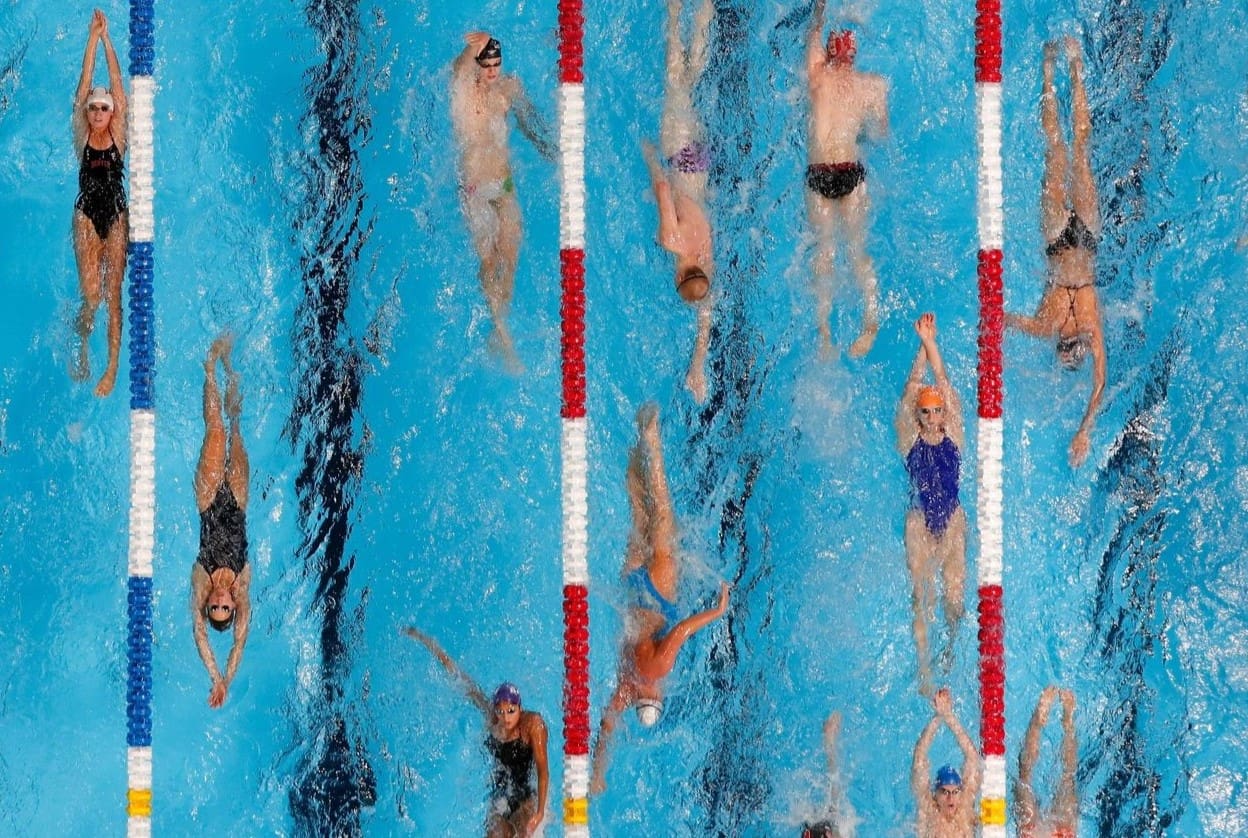
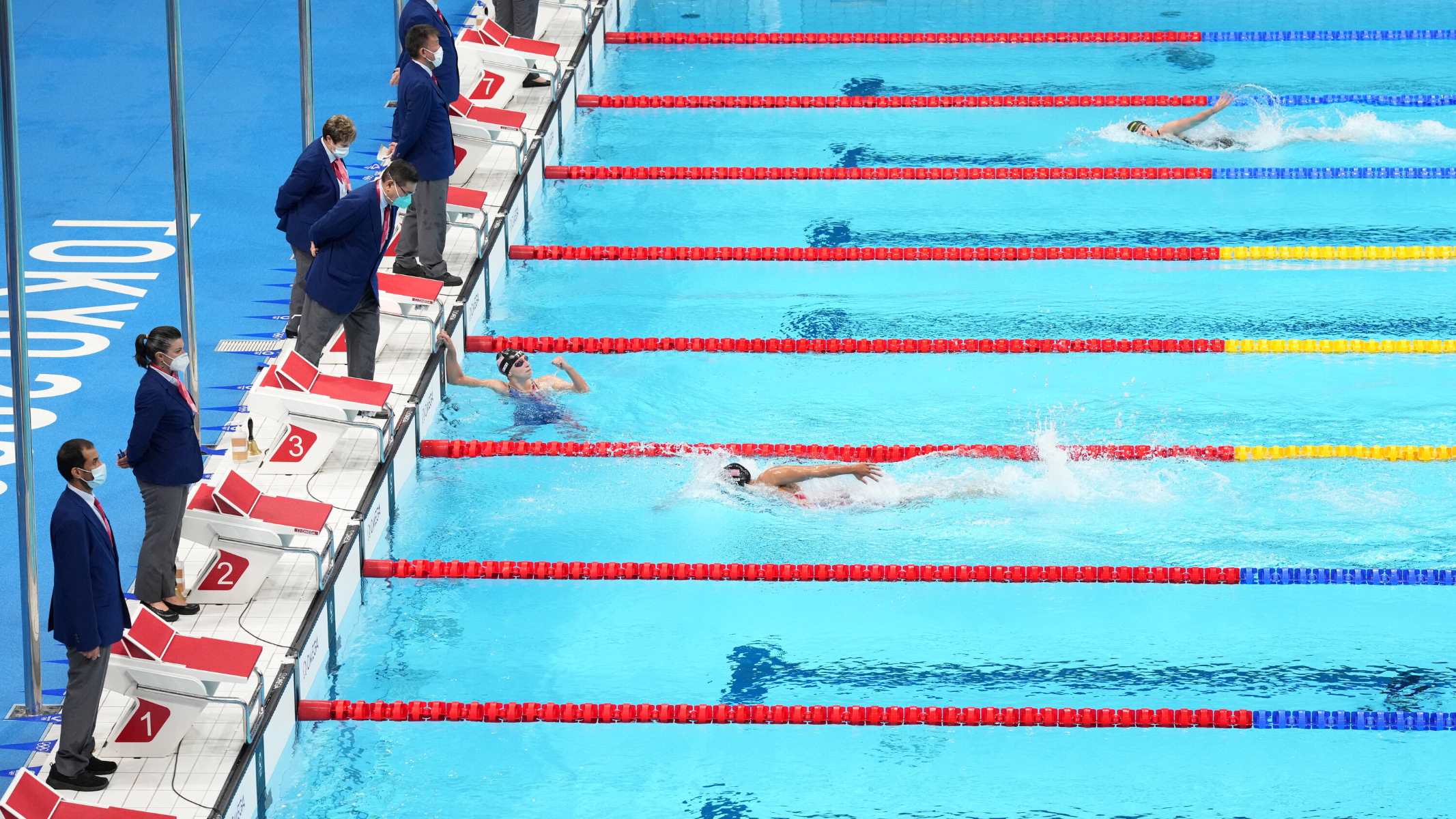
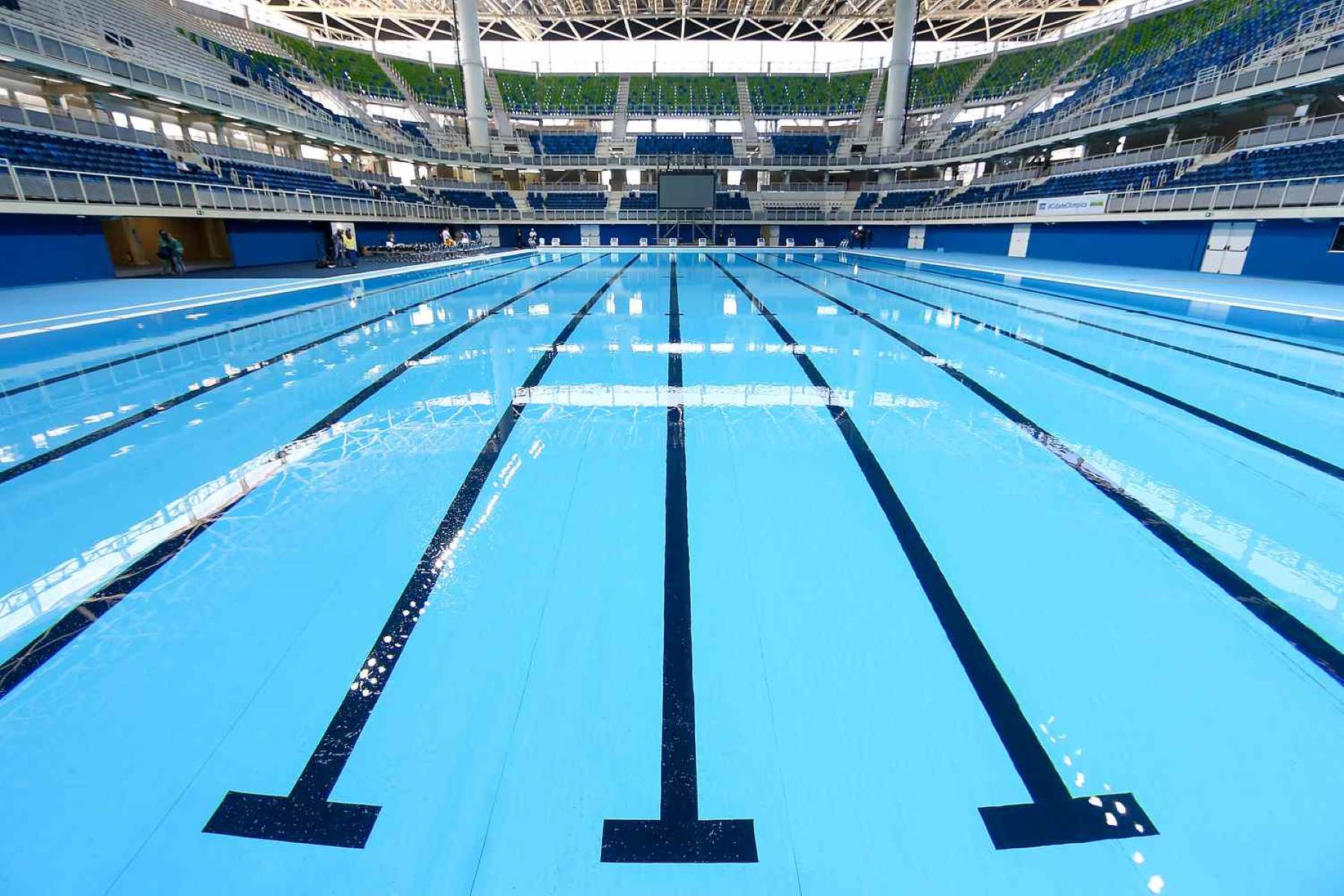
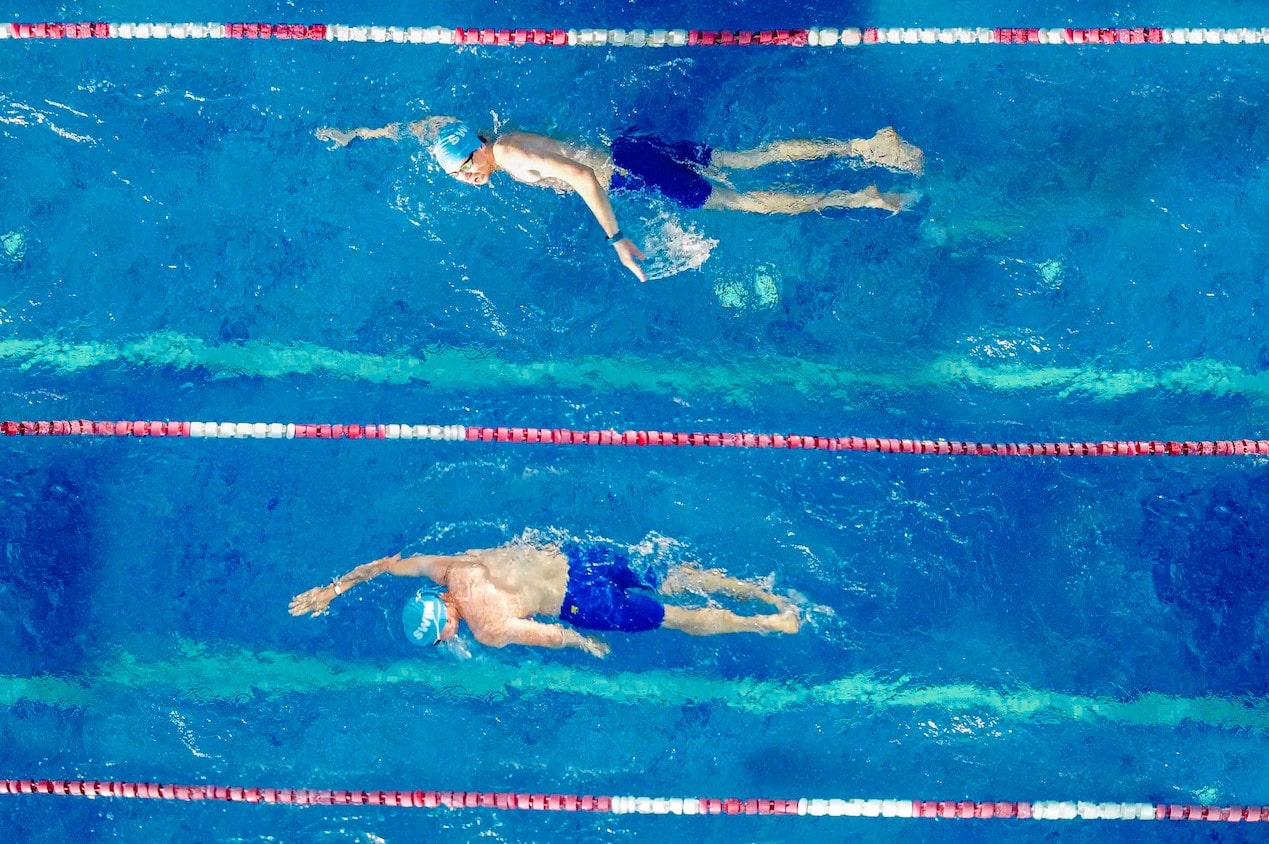
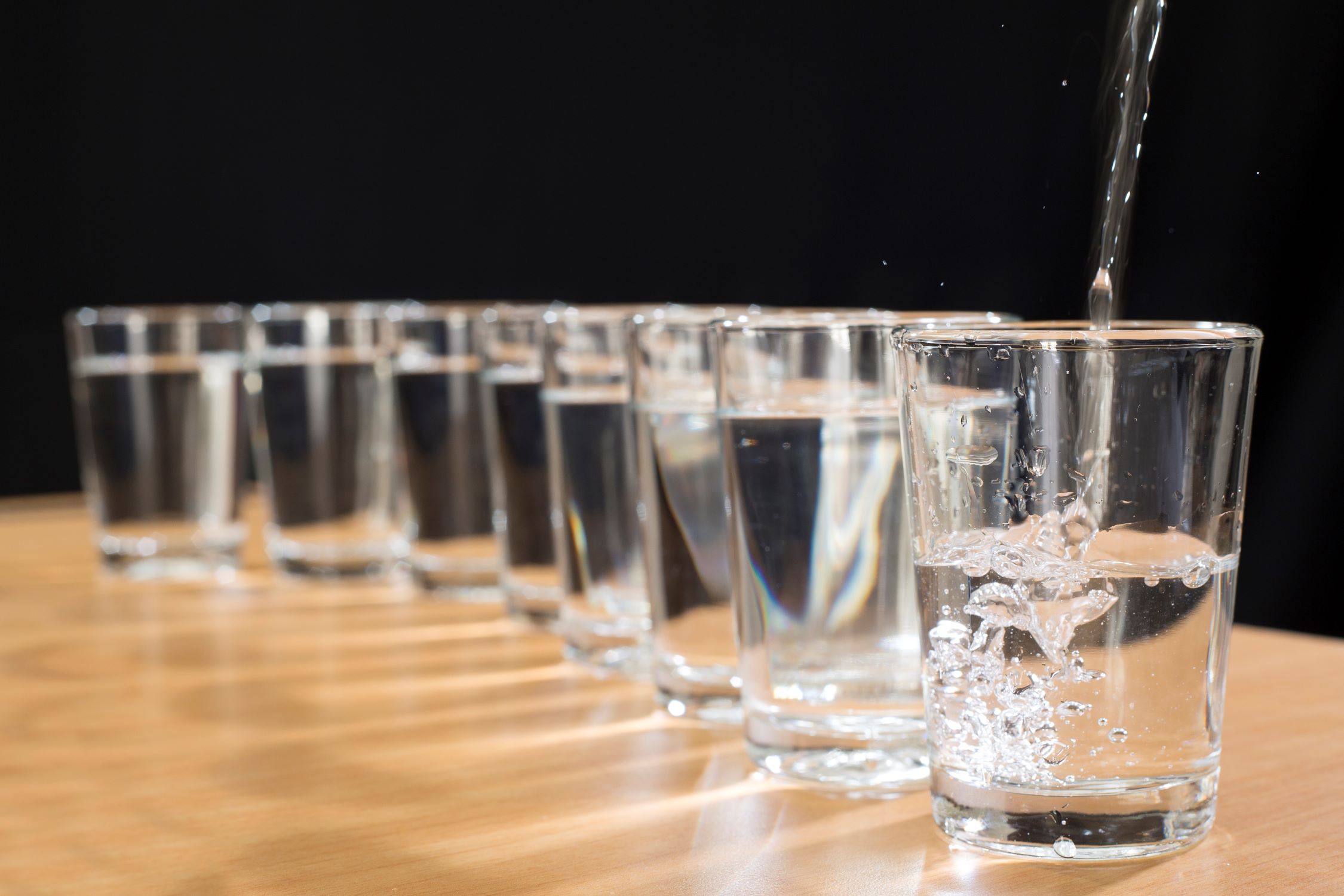
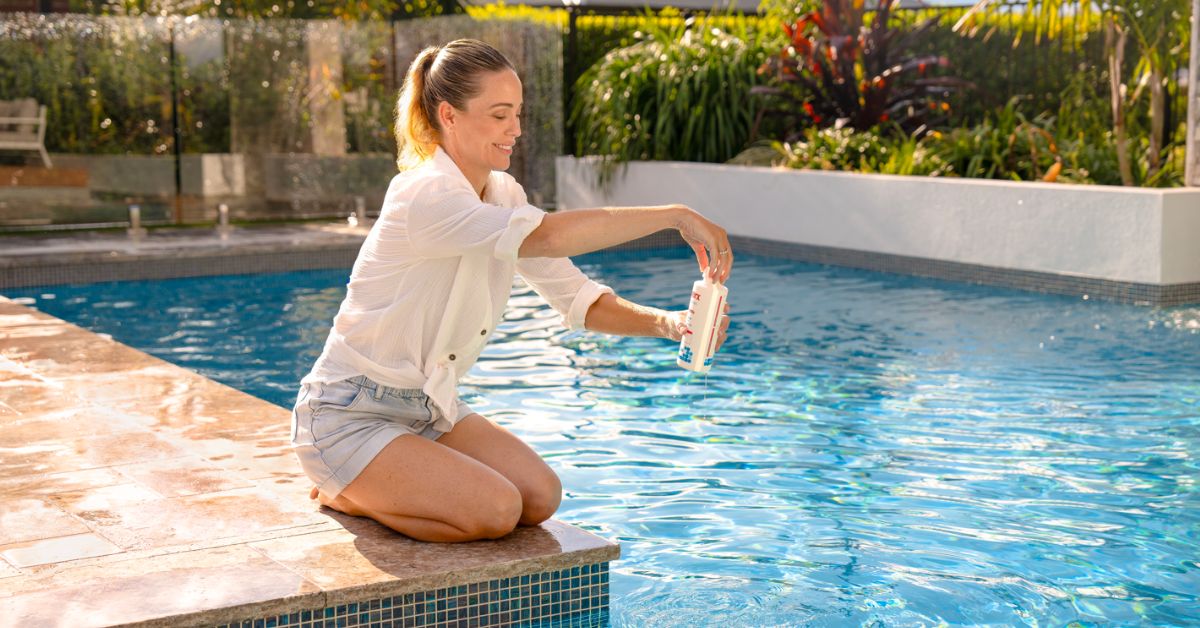
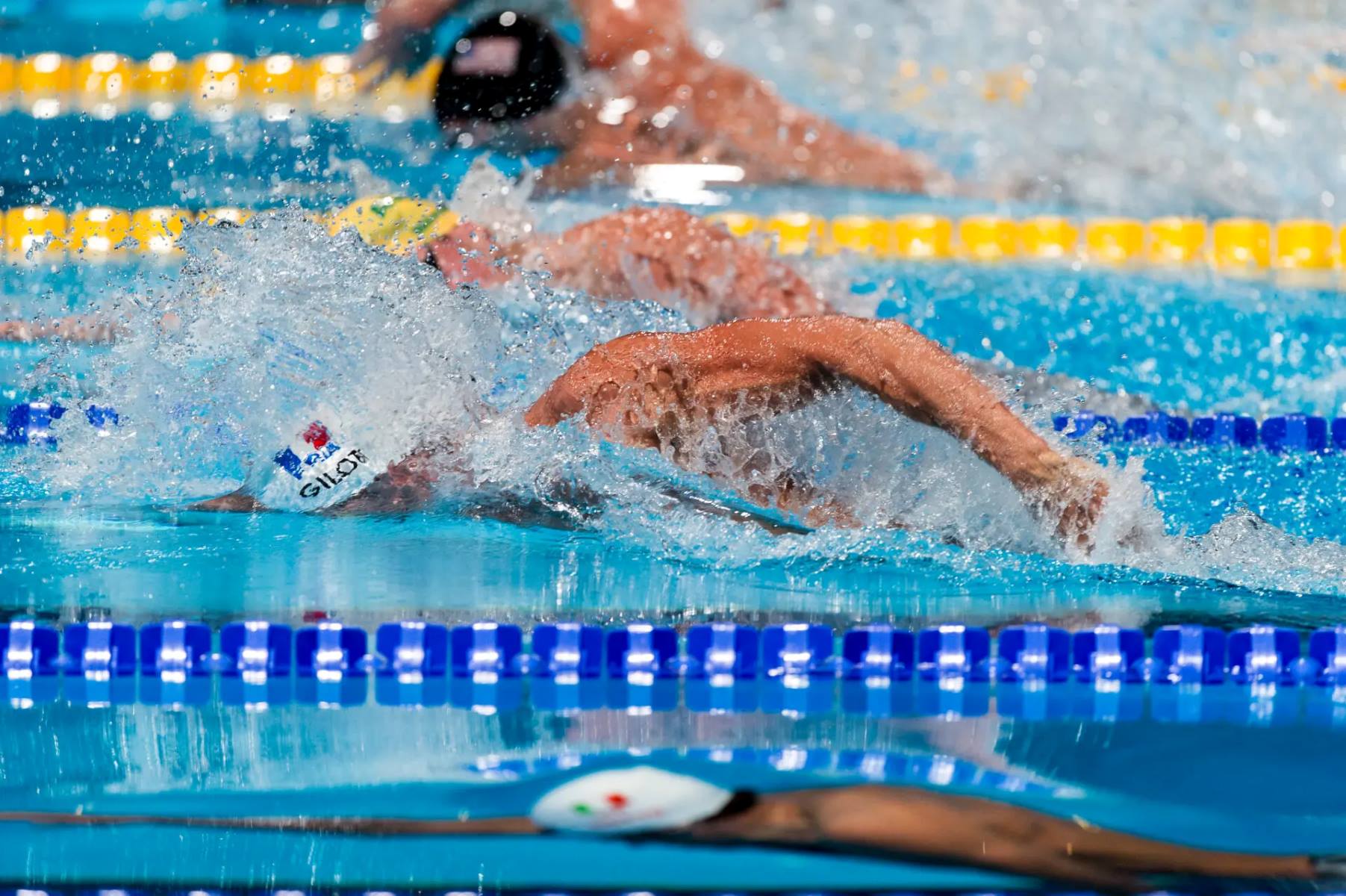
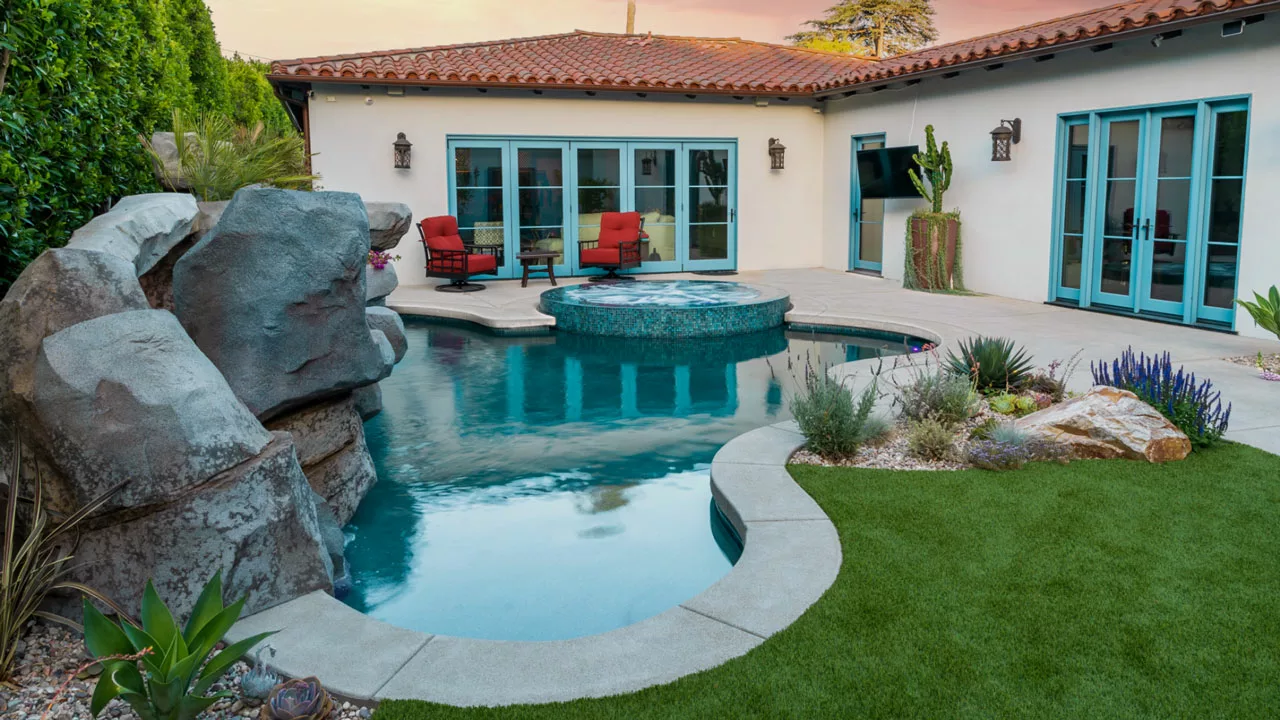
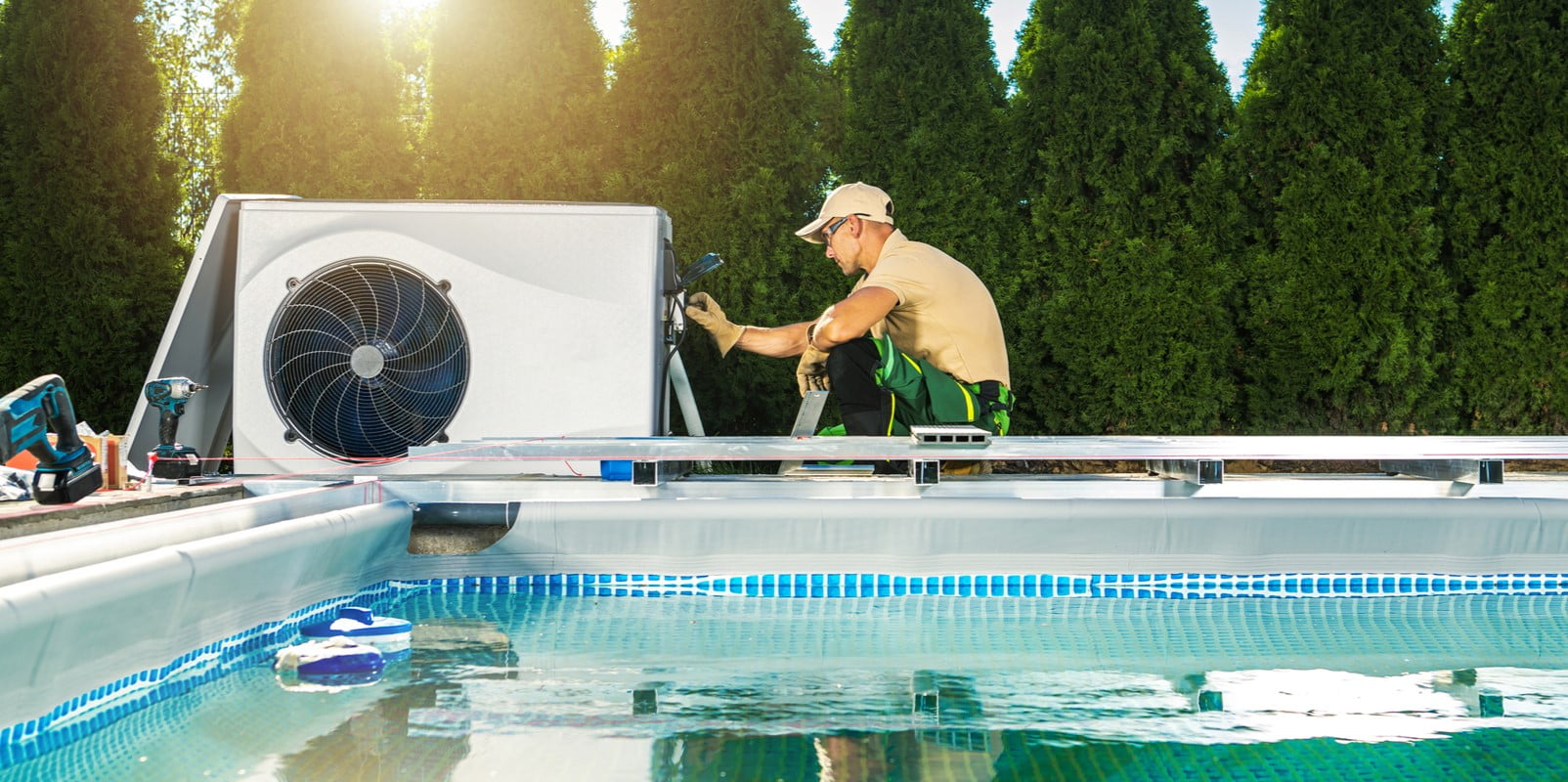
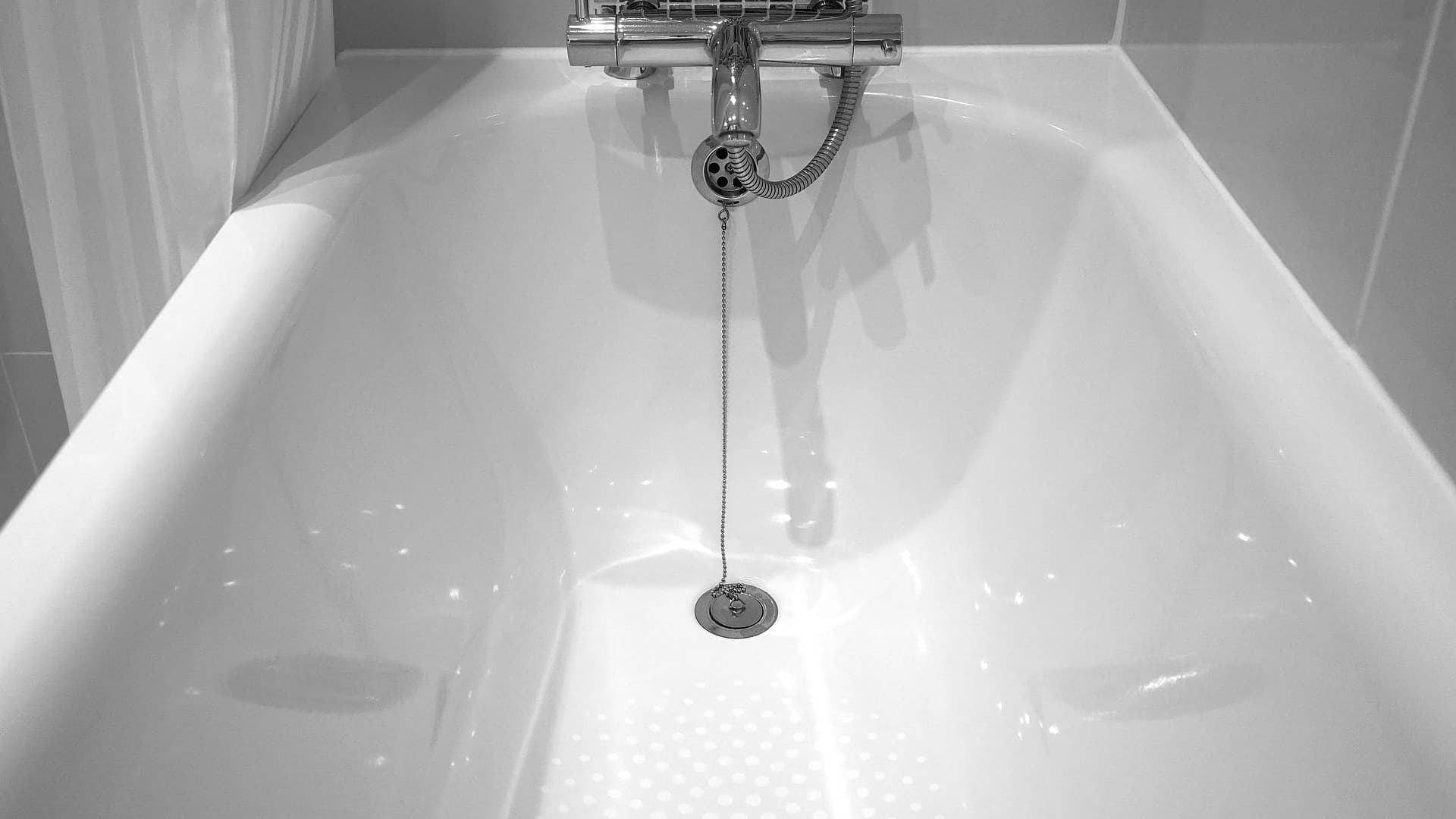
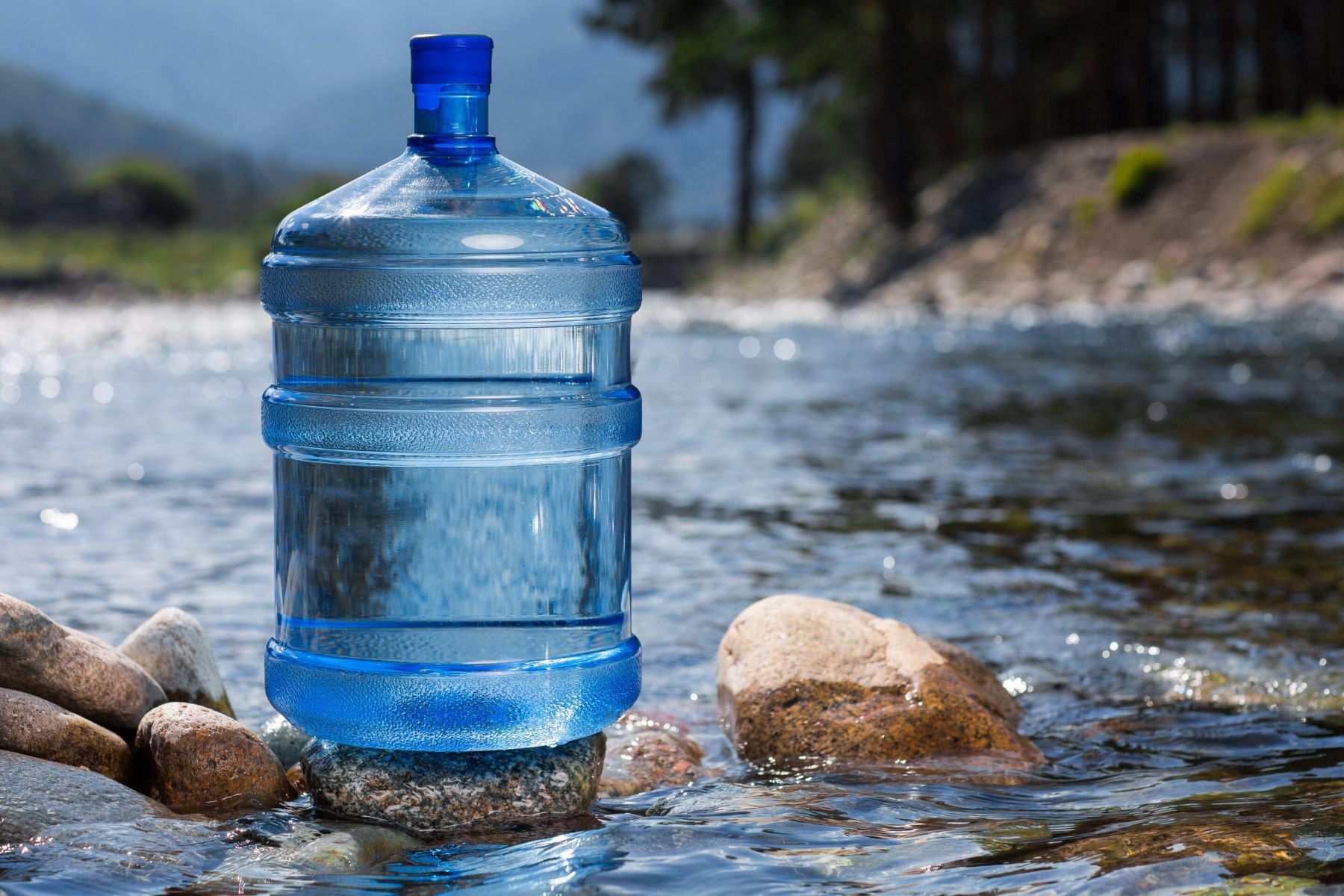

0 thoughts on “How Many Gallons Of Water In An Olympic Size Swimming Pool”